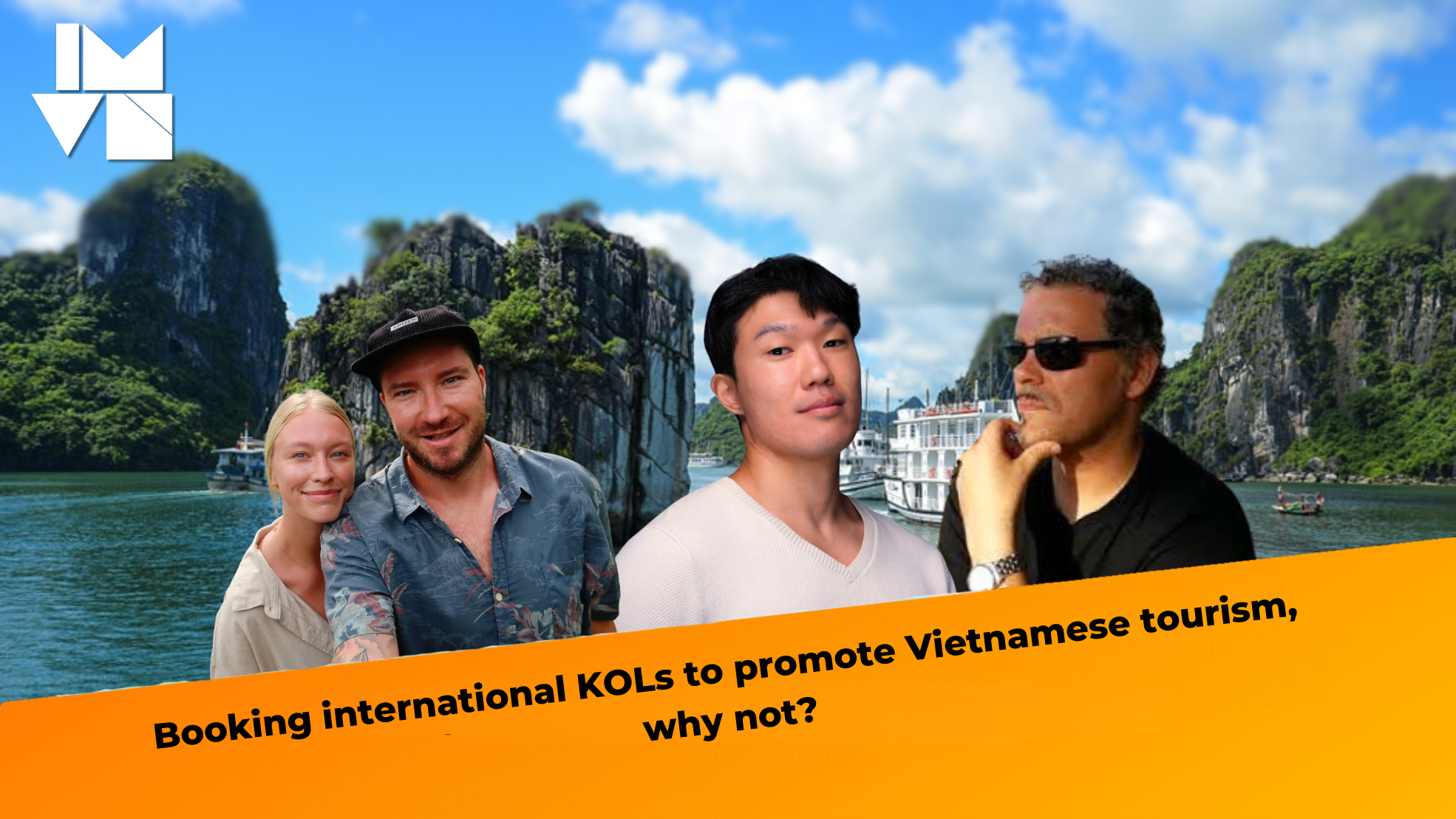Hey, future influencers and entrepreneurs! Your personal brand is your first impression, your reputation before you even enter the room. It’s what opens doors and lands you those dream opportunities. Whether you’re an aspiring influencer, a business owner, or a freelancer, building a strong personal brand is essential for success.
1. Understanding Personal Branding and Its Benefits
Your personal brand is all about establishing your unique position and showcasing your skills and experience. It’s the foundation for attracting valuable opportunities and collaborations.
A study by Weber Shandwick found that 87% of global executives believe a CEO’s reputation is crucial for attracting investors. A strong CEO reputation also attracts positive media attention and helps with employee recruitment.
Another study by a global advertiser organization revealed that reputation is the second most important factor when choosing an influencer. While follower count matters, 93% of respondents said an influencer’s credibility and reputation are key decision-making factors.
2. The Perks of a Powerful Personal Brand
- For Individuals: Land better job opportunities and convince potential employers that you’re the perfect fit.
- For Business Owners: Attract clients and partners by building trust and credibility.
- For Entrepreneurs and Freelancers: Gain recognition and establish yourself as an expert in your field.
- For Influencers: Attract relevant brands and build trust with your audience, leading to more collaborations and higher engagement.
3. Steps to Building Your Brand
Step 1: Define Yourself
Start by understanding who you are and what you offer. Identify your values, passions, and goals to create a clear path for your personal brand.
Make a list of your skills and achievements – these will shape your desired image. What are your strengths? Are you an empathetic listener with a deep understanding of human emotions? Maybe you’re a natural leader with a knack for inspiring others.
MC Phan Anh is a great example of successful personal branding. He’s known for his social activism, advocating for human rights and promoting family values.
You can also build your brand around your unique interests. Are you an adventurous explorer with a passion for local cultures? Position yourself as a travel blogger!
Step 2: Find Your Unique Selling Point
What makes you stand out from the crowd? Just like brands differentiate their products, you need to identify your unique selling proposition.
For example, travel bloggers like Khoai Lang Thang focus on local cuisine, while Quang Đại showcases stunning travel photography, and Travip provides valuable travel tips and resources. Similarly, beauty bloggers like Tina Nguyễn cater to a luxury audience, while Phương Hà and Quin focus on affordable products for students.
Identify what makes you special and communicate it through your personal brand.
Step 3: Build Your Online Presence
In today’s digital world, you need a strong online presence. Brands and agencies research potential influencers online, so if you’re not on social media, you’re missing out on opportunities.
Create a website, post regularly on Facebook and Instagram, share videos on YouTube, and explore other platforms like Twitter, Tumblr, and Pinterest.
Optimize your profiles with relevant keywords and information to improve your visibility in search results. Choose platforms that align with your target audience. If you’re targeting travel and photography enthusiasts, Instagram, Flickr, and Vimeo are your best friends.
Step 4: Identify Your Target Audience
Building a strong personal brand means cultivating a loyal audience. Here’s how:
- Reach Out: Connect with relevant individuals, organizations, and news sources to increase your brand awareness. If you’re passionate about social issues, engage with charities, NGOs, and advocacy groups. Beauty bloggers should connect with beauty brands and publications.
- Network: Attend industry events, conferences, and workshops.
- Create Content: Consistently produce high-quality content that resonates with your target audience. Whether it’s blog posts, videos, or social media updates, make sure it’s valuable and engaging.
Giang Ơi started her YouTube channel to connect with friends and family while studying abroad. But her creativity, personality, and high-quality content quickly gained her a wider audience. She established herself as a modern, independent woman with valuable insights on beauty, travel, and lifestyle. This helped her define her target audience and attract relevant collaborations.
Conclusion
Building a personal brand takes time and effort, but it’s an investment that pays off. Start by understanding your value and communicating it effectively to your target audience. By following these steps, you can create a powerful personal brand that opens doors to exciting opportunities and helps you achieve your goals.





